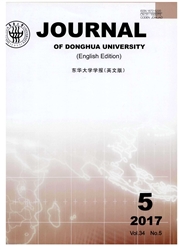

 中文摘要:
中文摘要:
为了探寻交叉口高效优化设计方法以提高城市路网的通行效率,文章以上海市沪闵路一剑川路信控交叉口为典型案例进行高峰小时优化设计。实地调研目标交叉口高峰小时交通数据,基于Vissim微观交通仿真软件进行建模及仿真;通过分析实际交通问题,提出若干优化方案,并利用正交试验设计从车道设置、渠化和信号3个方面进行组合,结合方差分析和关联分析进行方案评价,最终方案可将交叉口的延误降低32%。该优化流程可规范化交叉口设计,快速寻找最优方案,相关研究结果可为交通管理部门的治堵工作提供一定的理论依据。
 英文摘要:
英文摘要:
To find an effective design so as to improve road operational efficiency, intersection of Hu-min Road and Jianchuan Road in Minhang District, Shanghai was chosen as a typical urban signalizedintersection and optimized during peak hour. The peak hour traffic data was collected through fieldsurveys, and then a Vissim micro-simulation model was established. With intensive analyses for thetraffic problems, various optimization schemes were proposed, and the orthogonal experiment wasperformed to combine solutions of lane setting, channelization and signalization. Variance analysis andcorrelation analysis were carried out to identify the optimal solution, and the final scheme could cutdown the delay by 32%. This optimization process could standardize the intersection design and findthe best optimization scheme quickly. The result could also provide theoretical basis of solution tocongestion for local traffic management department.
 同期刊论文项目
同期刊论文项目
 同项目期刊论文
同项目期刊论文
 期刊信息
期刊信息
